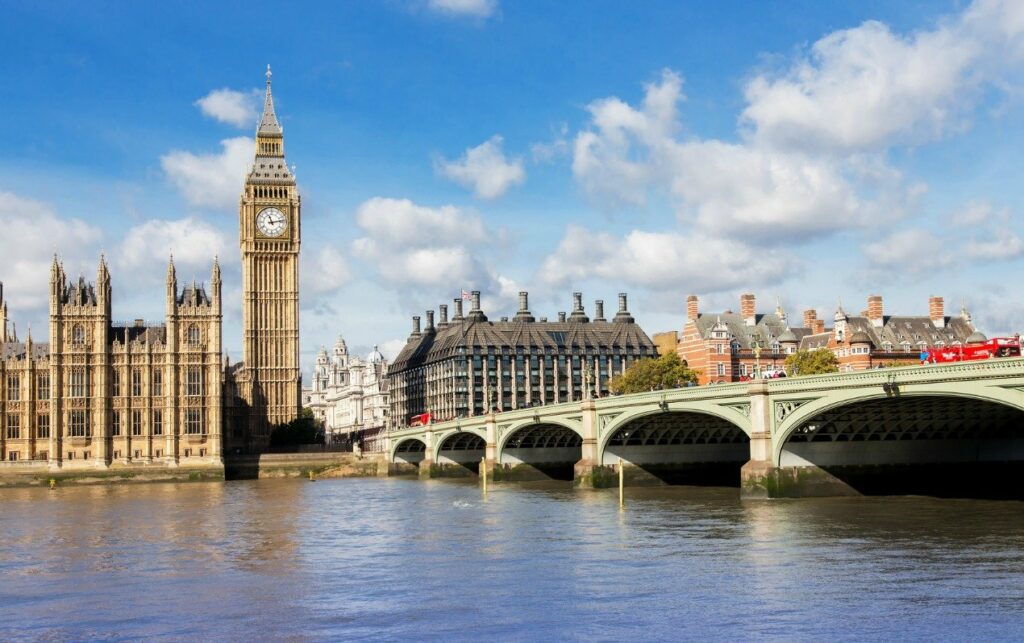The Australian bushfire outbreak we’ve already discussed here and here remains a top story, in part because in Australia itself anyone questioning the link to greenhouse gases is getting hit with alarmist bullying. But updated satellite data from Globalfiredata.org shows that while fires in Victoria and New South Wales were well above average, just north of that in Queensland they have been below average. Surely climate change isn’t that localized. Besides, as Aussie climate blogger Joanne Nova noted, the fires are not where the heat is, they're where the fuel is; too bad warnings about the latter were ignored. And if it's all the fault of climate change, why is it that, as Ms Nova also shows, Australian Bureau of Meteorology data show no trends in rainfall or drought in the hard-hit burn regions or in global wildfire rates. When it comes to climate alarmism, whenever there's pressure for a nice tidy story, be prepared for some suspicious editing of reality.
If you're wondering where the phrase "pressure for a nice tidy story" comes from, it was an objection during “Climategate” to massaging the data. (See our video on Hiding the Decline, particularly from 11:33 on.) Much of climate alarmism seems to come down to powerful people putting pressure on scientists and others to tell a “nice tidy story” that’s a scientific mess serving a political purpose, and people who should know better either not pushing back or doing so and getting attacked and marginalized for their efforts.
Still, truth will out. Over and over the numbers resist telling those nice tidy stories, almost like they want to keep reminding us that the climate is complicated. So our antidote is to try and find the data that tells us what's really happening. An excellent data source for forest fires is globalforestwatch.org. Their Australia summary shows that the current fire season is bad, but not as bad as 2011 or 2012. In fact up to the end of November the fire season was average, then December took off, at the same time as an outbreak of arson made the situation worse.
We join with everyone else in hoping that Australia recovers from a very destructive burn season. We also hope they learn the right lessons about what caused it and how to minimize the risk of such devastation in the future. Otherwise the story will take another ugly turn.



It takes a long time for the "fuel load" in a forest to build up. After a burn, new growth has to reach maturity and die, filling the regrown forest with dead and dry underbrush. I don't know how quickly the species of trees and brush in Australia grow and die and dry out, but could it be as quickly as only 7 years? If the worst fires were in 2011-12, most of the fuel load would have been consumed at that time. For fuel load to have been a problem again in 2019, the forests burnt in 2012 would have to have regrown and died already to have become the fuel load for the 2019 season.
Or maybe the forests that burned in 2011-12 were different forests than the ones that burned in 2019? It's complicated.
The bulk of the fuel load issue in Australian forests is from the underbrush which grows fairly quickly as most of the native Australian trees are evergreens. What does make the problem a major issue when a wildfire takes off in the forests is that many of the trees and bushes have highly combustible oils in them. Add in that most forests are now in the more rugged and hard to get at parts of the mountains and fighting them is very hard to do on the ground. Another major factor is the amount of winter and spring rainfall affecting the level of growth in the 2 to 4 years previous as a high spring rainfall growth in one year will lead to more brush growth that year which results in more dry fuel load a couple of years later.
You've got it a bit wrong. This fire season was truly horrific. We lost around 30 lives and 3000 homes plus about a billion native creatures, including around 25 000 koalas on Kangaroo Island. We've had worse fires but lightning strikes caused most. Arsonists didn't. All of the big fires came out of National Parks because they were not fire managed. The fires were predictable and inevitable. I'm an old fire fighter, journalist and author of a bushfire book 'White Overall Days' and a long time burnoff advocate (40 years) . Google my name and 'bushfires' to get the inside story.